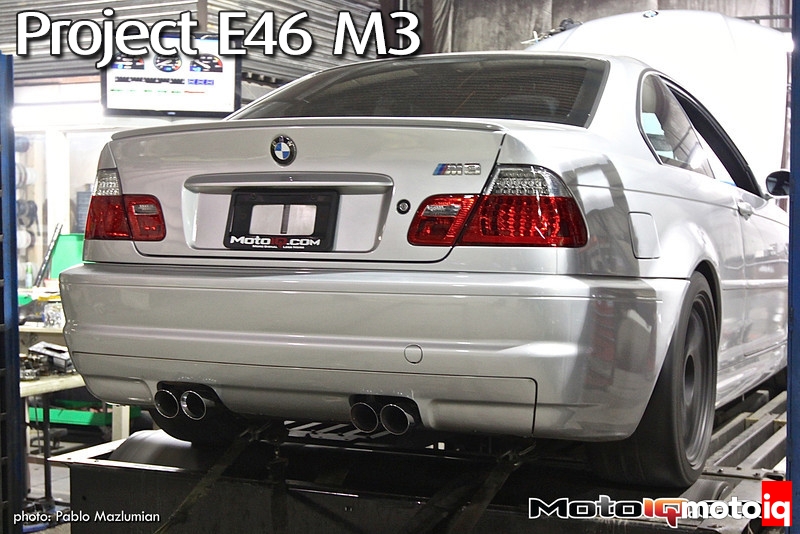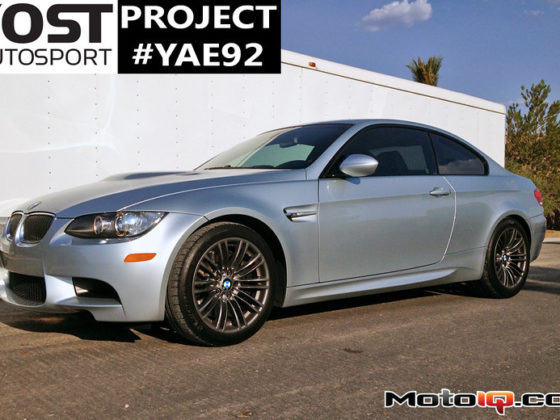,
We mentioned earlier that we love the sound of the Corsa with the cats in place. But, in fairness to Magnaflow, we haven’t tested their system on an E46 M3 with the factory headers either (and we’re sure you don’t expect us to go through the labor of reinstalling those!).
So how do the two compare? The piping on the Corsa looks better, but you'll be paying an average $600 more for it than the Magnaflow system online.
When it comes to weight, since the 56 lb Corsa uses the factory Section 1, it brings the total to 71 lb. At a total 65 lb, the Magnaflow system beats the Corsa by 6 lb, and is also a 26 lb weight savings over the whole factory exhaust system.
Sound-wise, on a cat-less M3, the Magnaflow gives a slightly deeper tone at idle and throughout the midrange with a mellower midrange “brap” than the Corsa. At the top end, however, they both sound very unique, and it should just come down to a matter of preference. But don’t take our word for it, listen to the video below and let us know what you think in the comments section!
We're happy with our new exhaust tune, no doubt. But if there’s one significant drawback the Magnaflow has, it's the in-cabin drone at 1800-3000 RPM, which was unexpected. We've significantly reduced exterior exhaust noise at the cost of some in-cabin drone that the Corsa never exhibited.
We researched ways to reduce the drone and thankfully came across a post on M3Forum.net that suggested separating the two pipes over the left-rear axle—which are apparently touching each other—by about ¼-in with a welded metal tab.

Here is the section we’re talking about above. Notice how the two pipes come into contact there, and metal only expands when heated up. Had we not previously installed the red coupler to buy us some room with the swabar, the pipes would have been even tighter together.

Due to time constraints, we couldn't utilize MKC’s welding service, but we installed more silicone in a couple of different places, double layered. We netted about 1/2-in separation.
This quick fix seemed to take care of about 30% of the drone, and the majority of it after 2500 RPM is also nearly gone. As a result, highway and around-town cruising is much more pleasurable for now, but you can still hear it rolling off the line, and during engine deceleration. But rest assured, you can still easily carry on a quiet conversation.

A testament to our Swain Tech Coating featured in Part 3 came when removing the factory Section 1 after our baseline runs. While I could put my entire hand around the Swain-coated section, touching the gold-colored flanges that were even further aft of the motor was still unbearably hot!
Some people worry that coated headers can retain too much heat, causing the welds to crack, but it's worth noting that since we've installed the VAC headers we've had over 100 more dyno pulls with no issues to date!



